When I was at university I was in charge of scheduling meetings (among other things) for the student union, and one of the issues with having meeting was making sure that enough people were present to actually make a meeting official. And this was called quorum, the minimum number of people present in order for business to be conducted.
Believe it or not, this is pertinent to gaming and not just because a gaming night could constitute as a meeting, in some way. But unlike at a meeting, quorum for gaming is usually determined beforehand and it may not even be about numbers.
I’ve seen this on discussion boards and so I thought I’d finally answer the question: how many people do you need to have a gaming session? The answer lies within an individual group and the sorts of games that are usually played. Some games are dependant on having a minimum amount of players at the table, who they happen to be is immaterial (Paranoia is one example, I’ll run it with five or six who ever they happen to be). And some games that are more story or role focused require specific people to be there.
Rather than look at specifics, I’ll take it as a series of questions you can ask yourself each week to determine if it’s worth having a session or not.
1. Numbers – How many can come?
I’ve said this often, the single hardest task is getting a group of people together on a regular basis. And this gets worse as we get older. What you need to do here is examine the group in terms of availablity. I find there’s three catagories, people who will usually turn up to sessions, people who occassionally can turn up to sessions and people who usually don’t turn up but may once in a while.
The first and perhaps the second group are the ones you want to focus on, these more or less determine whether the gaming session is on or not. And the more you have in the first, the better. These are the people you can give plot-important roles to, but more on that later.
If you find that most people in your group are drifting into the second or third category, consider redefining it. Perhaps game less often, or start recruiting again. And if you have to let people go, there’s nothing wrong with that. Sometimes life catches up with all of us.
2. Numbers – How many do you need?
Again, we’re talking about numbers as some games have a minimum, and some game and DMs have a maximum. Take Paranoia again, the ideal number is six as there are six Mandatory Bonus Duties for the players to fulfil. And I am willing to go either one less or one more than that, as anything more can get quite chaotic and any less doesn’t get chaotic enough.
Some games, however, benefit from a small group size. Particularly those that are story-based. Mutant City Blues and Rapture (which I will review soon) are two of these. So much of the narrative is player driven and there’s less adjudicating on the GMs part. Also, in large groups with a story-focused game, some players seem to be left out. This can be gotten around in a long campaign, but not if the campaign is a one-off.
While we deal with maximums, I will say that not all GMs are comfortable with dealing with large groups of people. It is quite intimidating, even for an experienced GM. This is where you need to know what you are comfortable with if you are the person running the game that week. Speaking for myself, it depends on the system. Yet the games that require less players usually end up as backups.
3. Roles – Who is important?
I have to divide this into two parts, as in story-driven games there are characters that are plot-relevant while in other games (like Dungeons & Dragons 4e) there are characters that are important to the party.
Of course, plot relevance is more important in a story-driven campaign. I tend to run my Star Wars campaigns with a shifting spotlight, players have their turn in the sun (or maybe the stars) when their character is the hero of the story. Usually it’s two at a time. A lot of the campaign is centred on their character, either what their character is capable of doing or some plot they have come up with on their own and negotiated with me well beforehand. This is why we haven’t play Star Wars in so long as a group, as the two characters the story is centred on as in the not available all the time group. I don’t blame them, it is unfair to leave the campaign hanging for everyone else, but they need their turn.
Secondly, you have characters that are role specific. The best example of this I can think of is in D&D 4e, where the players are more of an ensemble cast with differing yet cooperative roles. And, when they work together for a while they realise which roles are more important than others. And it’s usually the leaders and the defenders, as they make sure the party actually survives. You might choose to be a little more lenient here if one person cannot show and allow their character to be run by a different player. But there’s a difference between a party of six with two missing and a party of six with three missing. If only three people turn up for gaming in my group, we don’t play 4th ed as we’re usually more than that.
4. Roles – Logistics
Finally, there’s the nitty gritty of what makes sessions happen at all. As while the DM may be able to run the game, if they don’t drive and don’t host it the game may be in jeopardy.
My advice for this is simple: have a venue, have a back up venue. The same goes for transport. And don’t secure one unless you have the other. You may end up like me, making a series of begging phone calls because someone has paid down money for the venue.
Posted in Dungeon Master, Dungeons & Dragons, Dungeons & Dragons 4E, Dungeons & Dragons Insider, Dungeons and Dragons 4th Edition, GM, group management, Mutant City Blues, Paranoia, Star Wars

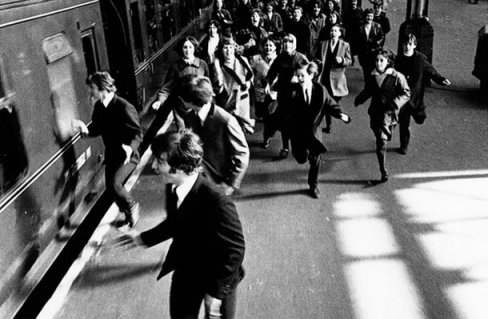 If you really want me to be honest about my choice of Paranoia mission for Sydcon, it was the title that most attracted me to this. Yes, I am a Beatles fan and the last four CDs I bought were all Beatles albums. But despite its name, I had to put all the references in there myself as I know players would more or less expect them.
If you really want me to be honest about my choice of Paranoia mission for Sydcon, it was the title that most attracted me to this. Yes, I am a Beatles fan and the last four CDs I bought were all Beatles albums. But despite its name, I had to put all the references in there myself as I know players would more or less expect them.
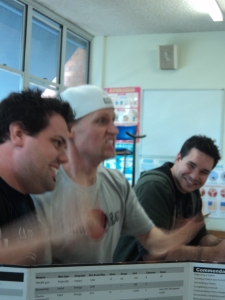
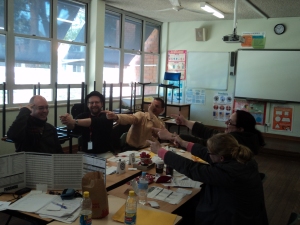
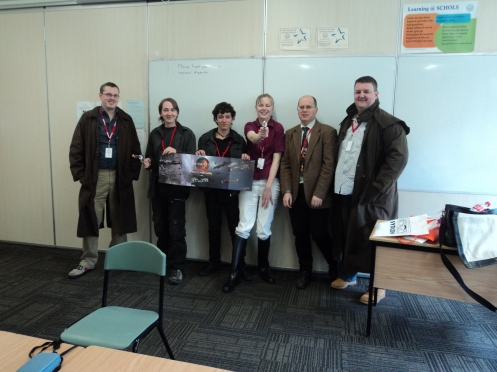
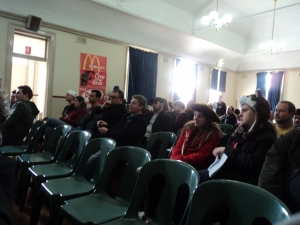
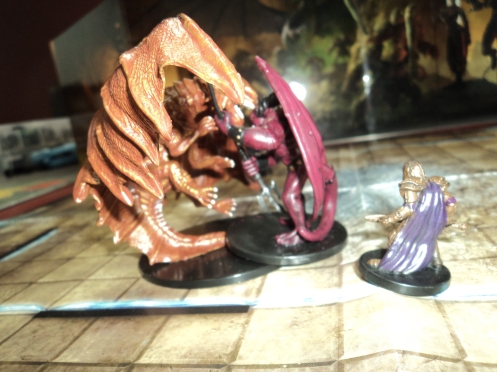


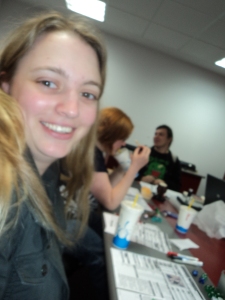
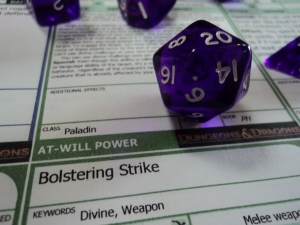

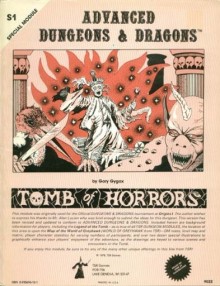







Recent Comments